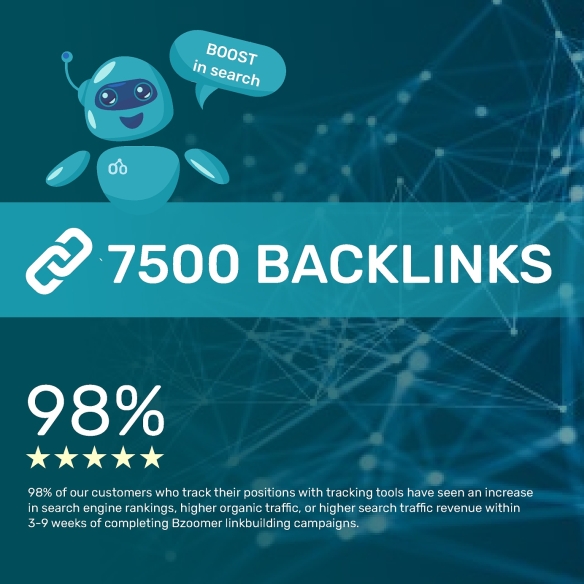Healthcare has always been an industry at the intersection of human care and cutting-edge technology. In recent years, one area that has seen remarkable transformation is clinical documentation. Traditionally seen as a necessary—but burdensome—part of a physician’s workload, documentation is now being revolutionized by AI medical scribing.
If you're a healthcare provider looking for ways to reduce administrative overload, increase efficiency, and spend more time with patients, understanding the power and potential of AI medical scribing is essential.
What Is AI Medical Scribing?
AI medical scribing is the use of artificial intelligence to automatically generate clinical notes during patient visits. Unlike traditional human scribes who manually document consultations, AI scribes use speech recognition, natural language processing (NLP), and machine learning algorithms to listen to doctor-patient conversations and turn them into structured, high-quality medical documentation.
These systems can operate in real-time, often directly integrating with your electronic health record (EHR) system to streamline the entire documentation workflow.
Why AI Medical Scribing Is on the Rise
The demand for AI medical scribing has skyrocketed as healthcare professionals grapple with increasing documentation requirements. Physicians report spending nearly two hours on EHR tasks for every one hour of face-to-face patient care. This imbalance contributes significantly to burnout and reduces the overall quality of care.
AI-driven scribing solutions like Dorascribe are emerging as practical, affordable, and scalable tools that address this problem head-on.
Key Benefits of AI Medical Scribing
1. Time Savings
AI medical scribing dramatically reduces the time clinicians spend writing or typing notes. By automatically generating accurate documentation during or immediately after a patient visit, these tools allow providers to focus more on clinical decision-making and patient engagement.
2. Improved Documentation Accuracy
Advanced AI scribes are trained on vast medical datasets, allowing them to recognize clinical language, terminology, and context with impressive precision. Tools like Dorascribe use intelligent language models to create accurate and consistent documentation tailored to each provider’s style.
3. Burnout Reduction
One of the major contributors to physician burnout is administrative burden. AI medical scribing relieves this pressure by eliminating repetitive, non-clinical tasks, allowing providers to reclaim personal time and maintain a healthier work-life balance.
4. Real-Time Note Generation
AI medical scribing enables real-time transcription and documentation. This means that by the time a consultation ends, the clinical note is already written and ready for review. This is especially valuable in fast-paced environments like emergency medicine, urgent care, and telehealth.
5. Cost Efficiency
Hiring and managing human scribes or transcription services can be expensive. AI scribing tools like Dorascribe provide an affordable alternative that doesn’t compromise on accuracy or quality.
Use Cases for AI Medical Scribing
-
Primary Care: Quickly document routine visits and chronic condition management.
-
Specialty Care: Accurately capture complex patient histories and diagnostic information.
-
Telemedicine: Generate notes from virtual consultations without sacrificing quality.
-
Emergency Departments: Produce real-time notes in high-pressure, high-volume settings.
Whether you're a solo practitioner or part of a large hospital system, AI medical scribing can be tailored to fit your workflow and specialty.
Dorascribe: A Smart Solution for Modern Clinicians
Dorascribe is a leading example of next-generation AI medical scribing technology. Designed to integrate seamlessly into your practice, Dorascribe offers:
-
Real-time AI transcription during consultations
-
Customizable clinical templates
-
EHR integration for automatic note upload
-
Secure, HIPAA-compliant cloud infrastructure
By automating the note-taking process, Dorascribe allows clinicians to focus on patients—not paperwork. Its AI models are continually refined to keep up with clinical language, ensuring your notes are accurate, compliant, and complete.
Challenges and Considerations
While the rise of AI medical scribing is promising, there are still a few considerations:
-
Initial learning curve: It may take time to get used to the software and train it to match your preferences.
-
Data security: Always ensure the platform follows HIPAA and local regulations.
-
Note review: While AI scribes are highly accurate, human review is still essential to ensure clinical and legal completeness.
The Future of AI Medical Scribing
Looking ahead, AI medical scribing will only become more advanced. We can expect future systems to:
-
Suggest billing codes
-
Highlight clinical risks and inconsistencies
-
Offer voice-assisted navigation and summaries
-
Seamlessly interact with decision-support systems
As AI becomes more deeply embedded in clinical environments, the scribing process will move from a passive tool to an active partner in care.
The rise of AI medical scribing is reshaping the future of healthcare documentation. It offers a powerful solution to some of the most pressing challenges in clinical practice—saving time, reducing burnout, and improving the quality of patient records.
If you're ready to experience the benefits of AI-driven documentation, now is the time to explore what Dorascribe has to offer. With smarter tools at your side, you can focus less on paperwork and more on what truly matters—your patients.


